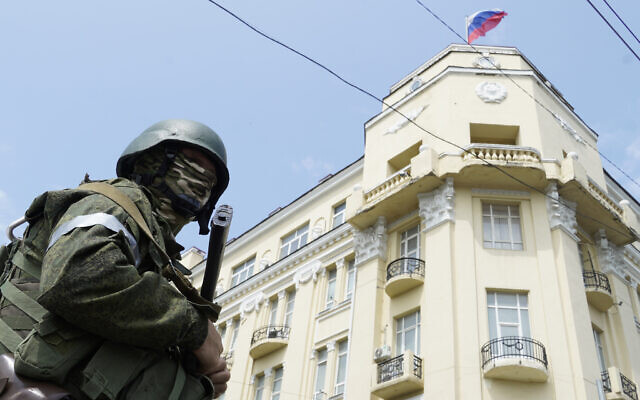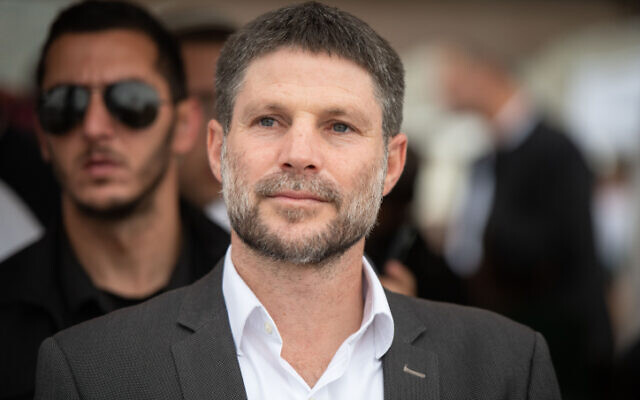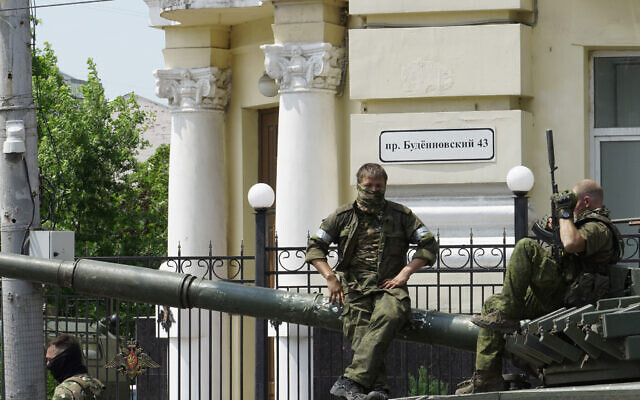Great Synagogue in Tel Aviv to get massive upgrade, surrounding public square
Work on Tel Aviv’s main synagogue will remove 1960s additions and add much-needed public space on Allenby Street
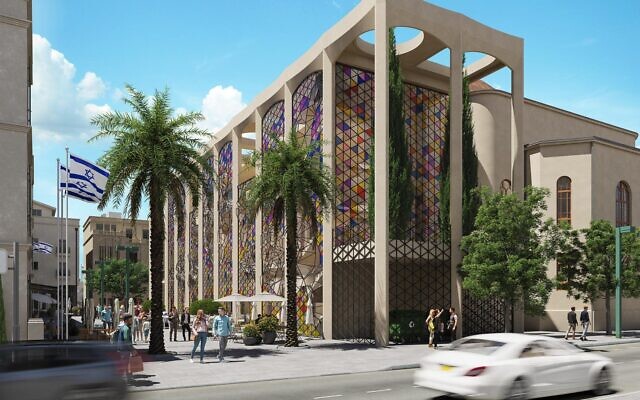
Tel Aviv has been given the go-ahead to plans to renovate the city’s Great Synagogue, an institution that recently marked its 100th anniversary, and to create a new public square alongside it.
The renovation scheme involves removing colonnades and walls that were added to the synagogue in the late 1960s, and converting an adjacent parking lot into an open space.
The plans will breathe new life into one of the oldest, most established institutions of Jewish life in Tel Aviv — with a recognizable dome — and the surrounding space on Allenby Street, a vibrant area with older shops and restaurants, and the iconic Carmel Market, and Nahalat Binyamin Art Market.
Plans were originally filed in 2016 but were met with objections from neighbors who claimed that the creation of a new public square would harm businesses and residents in the area. A ruling by the Housing Ministry’s Planning Administration for the central district settled matters in February, after seven years of proceedings.
The Tel Aviv-Jaffa Municipality has promised that the space will be used for street events, temporary fairs, and other similar activities.
The renovations to the Great Synagogue are set to be financed via a donation of NIS 20 million ($ 5.5 million) from Patrick Drahi, the French-Israeli business magnate and the owner of Sotheby’s, Israel’s HOT cable company, and the i24 news network, among other entities. The municipality will cover the bill for the renewal of the adjacent area, including the transformation of Allenby Street into a pedestrian-only zone.
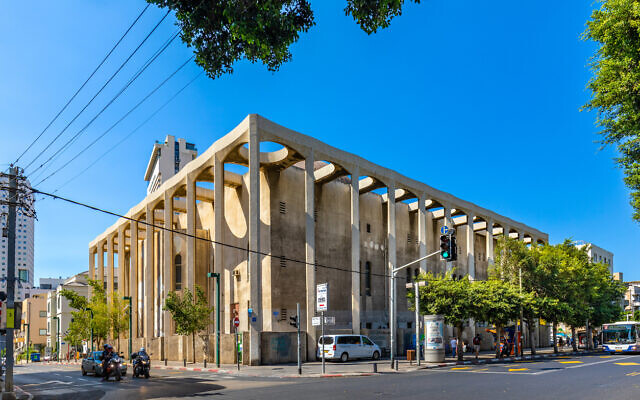
Designed in 1922-1923 by renowned Israeli architect Yehuda Magidovitch, the construction of the Great Synagogue was completed in 1925 following a donation boost by Baron Edmond James de Rothschild, after the initial project ran out of funds.
Population movements in the 1960s left the Great Synagogue without a regular congregation, although, more recently, outreach initiatives have been introduced to bring back people living in the area for Sabbath services and meals.
The building was renovated in the modernist style in 1969 in an attempt to make it fit in better with the surrounding landscape. The synagogue was also updated internally, and today features stained glass windows replicating those from different community synagogues across Europe destroyed in the Holocaust.
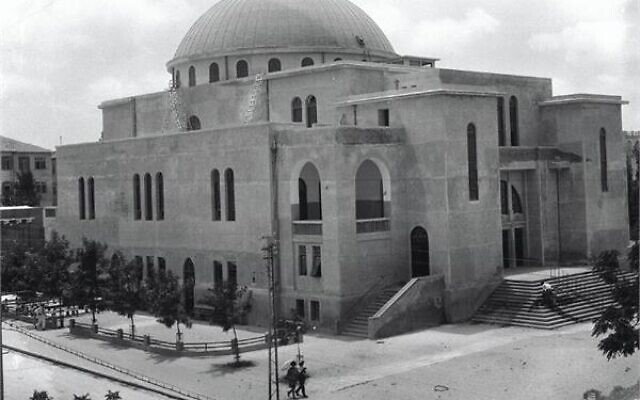
The announcement of a new public square alongside the Great Synagogue will go some way to address what seems to be a trend in Tel Aviv of repurposing public space. Although the municipality is working to increase pedestrianized areas in the city, and to develop public transport (the opening of the start of the city’s light rail network is expected in the next few months), a number of public squares are giving way to private apartment buildings.
Most recently, development plans for Atarim Square have been criticized by residents and local businesses, Florentin Square developers are planning tall residential buildings, Kikar Hamedina has given way to apartment buildings, and Rabin Square has very little open public space left as a result of light rail infrastructure.
The plans for the Great Synagogue and the area around it make up just one project, from a number of urban renewal projects in Tel Aviv, that got stuck in the development pipeline but now appear to be moving forward.
An overarching plan for so-called Rova 5 and Rova 6 — the center of the city and home to most of Tel Aviv’s conservation zone — is said to be close to securing funding.
In 2022, after many years of discussions, design guidelines were published to move forward with the redevelopment of the former Sde Dov airfield, in the north of Tel Aviv, where 16,000 homes are due to be built.


